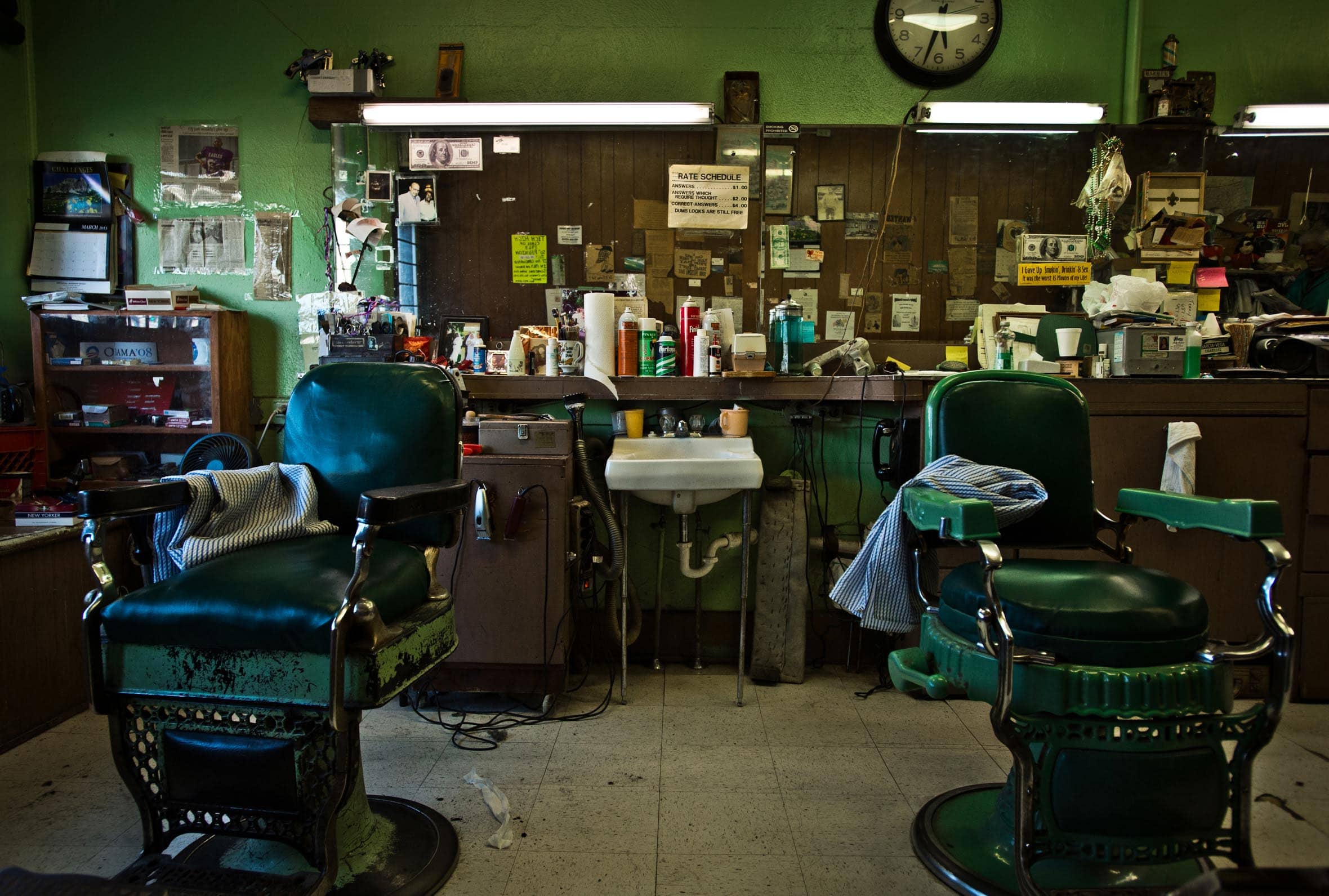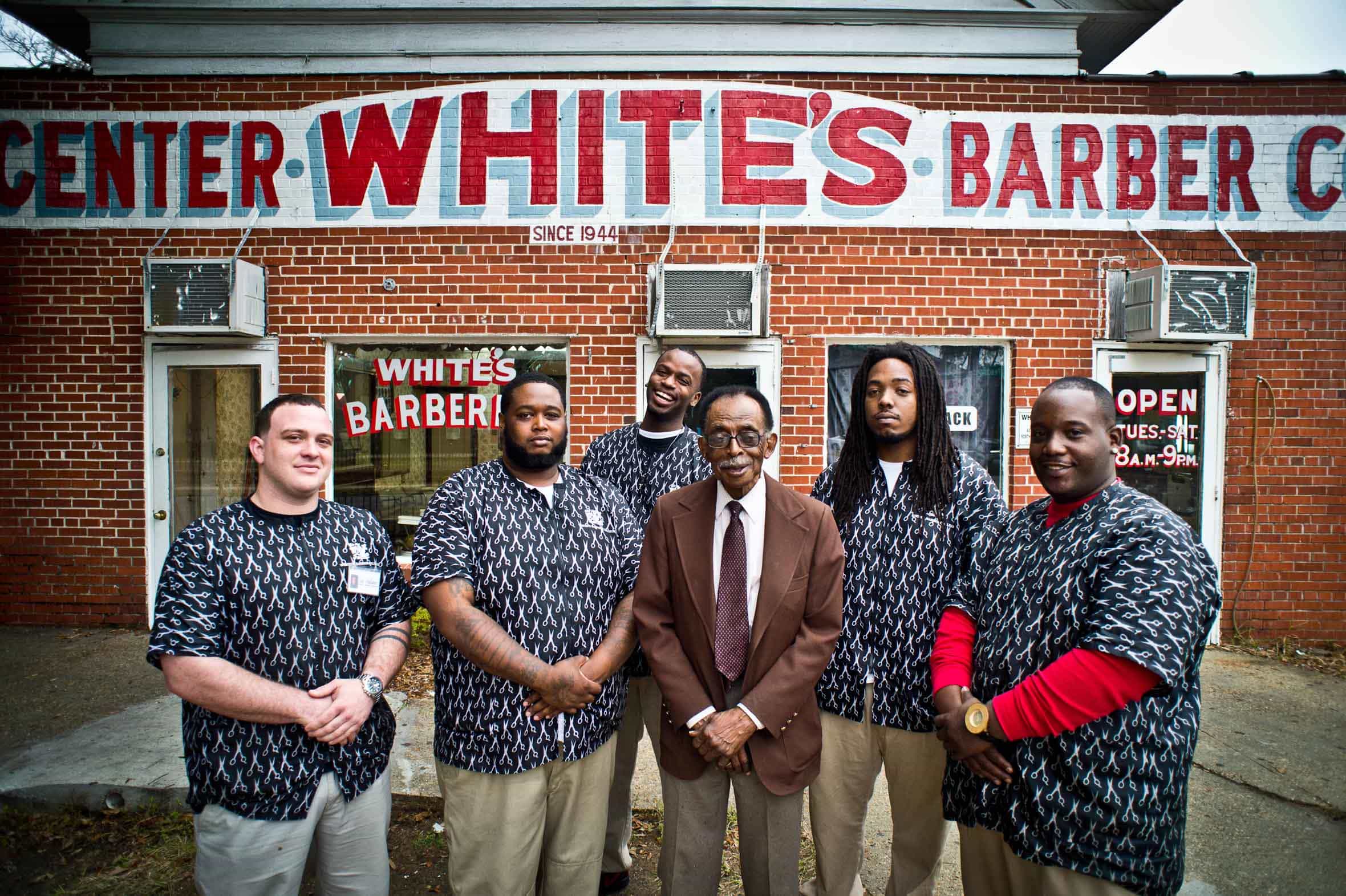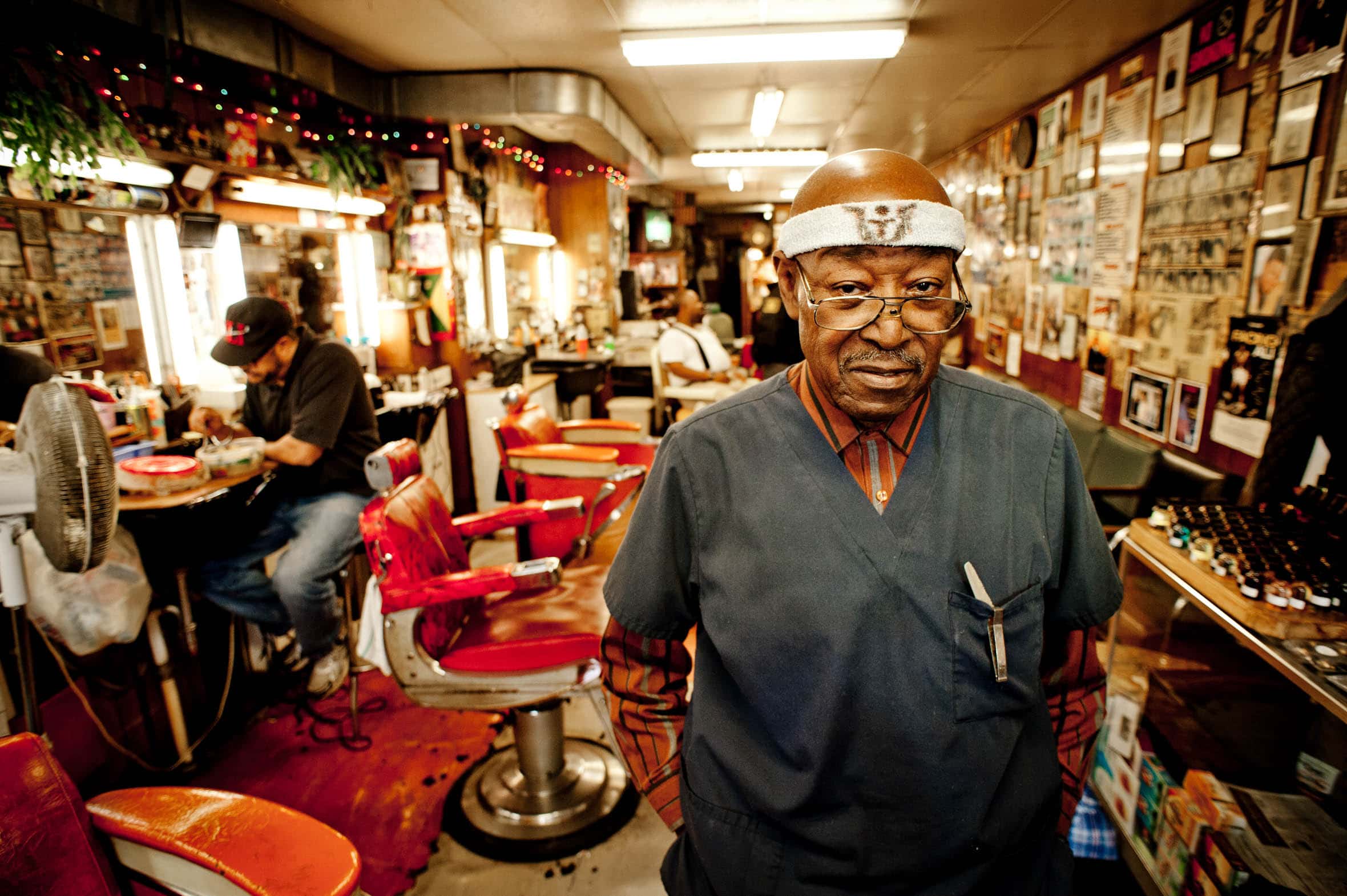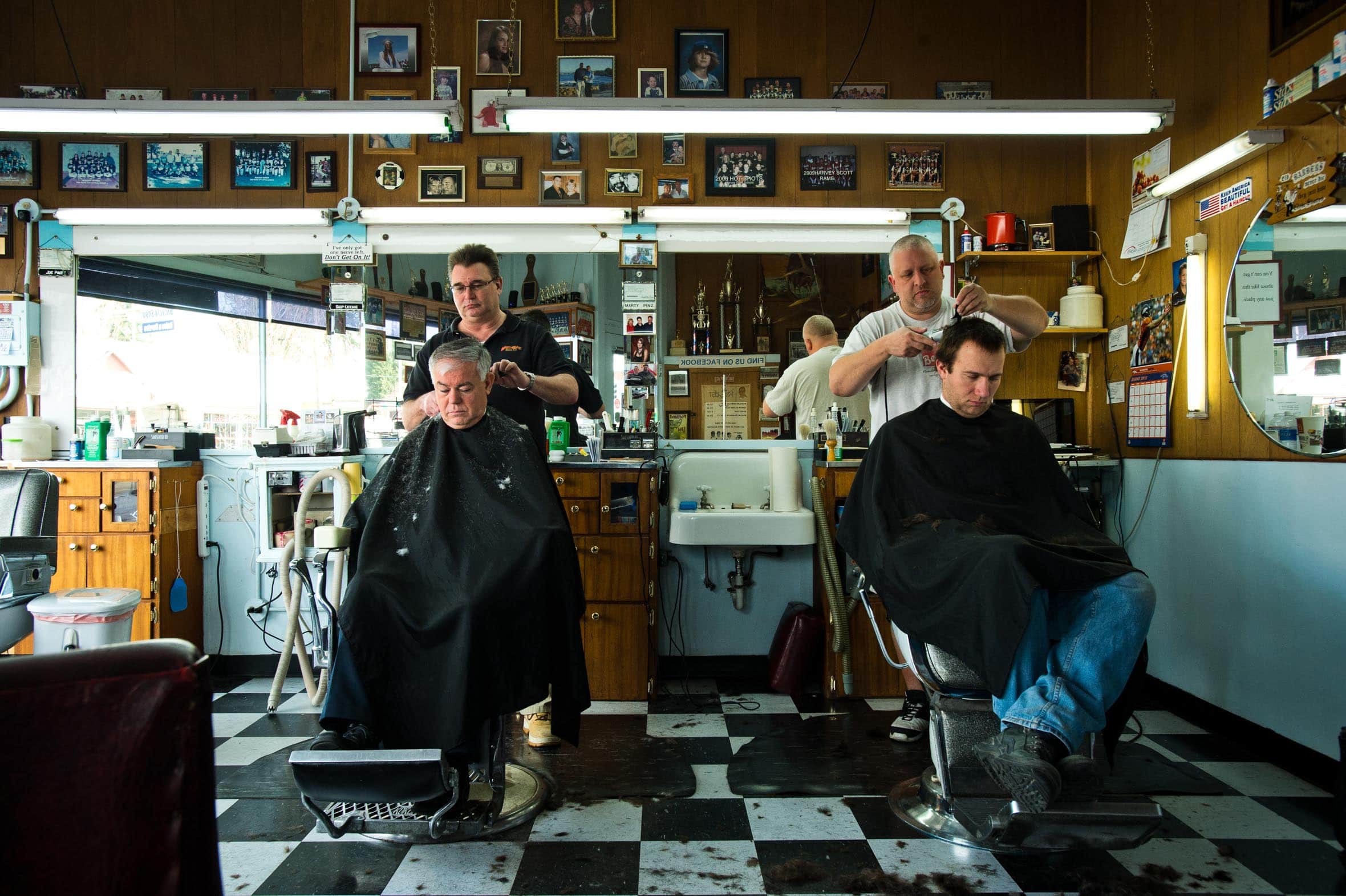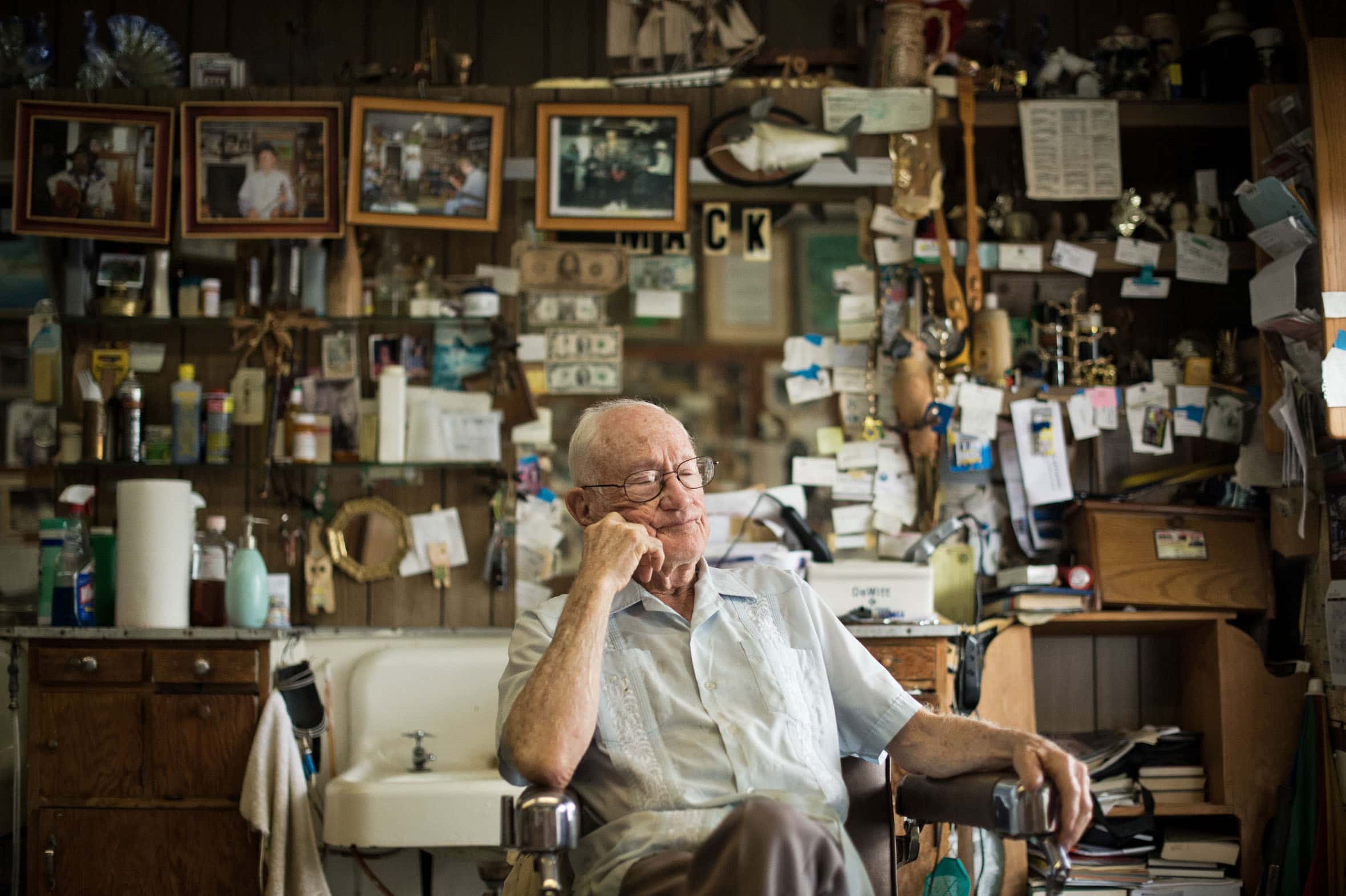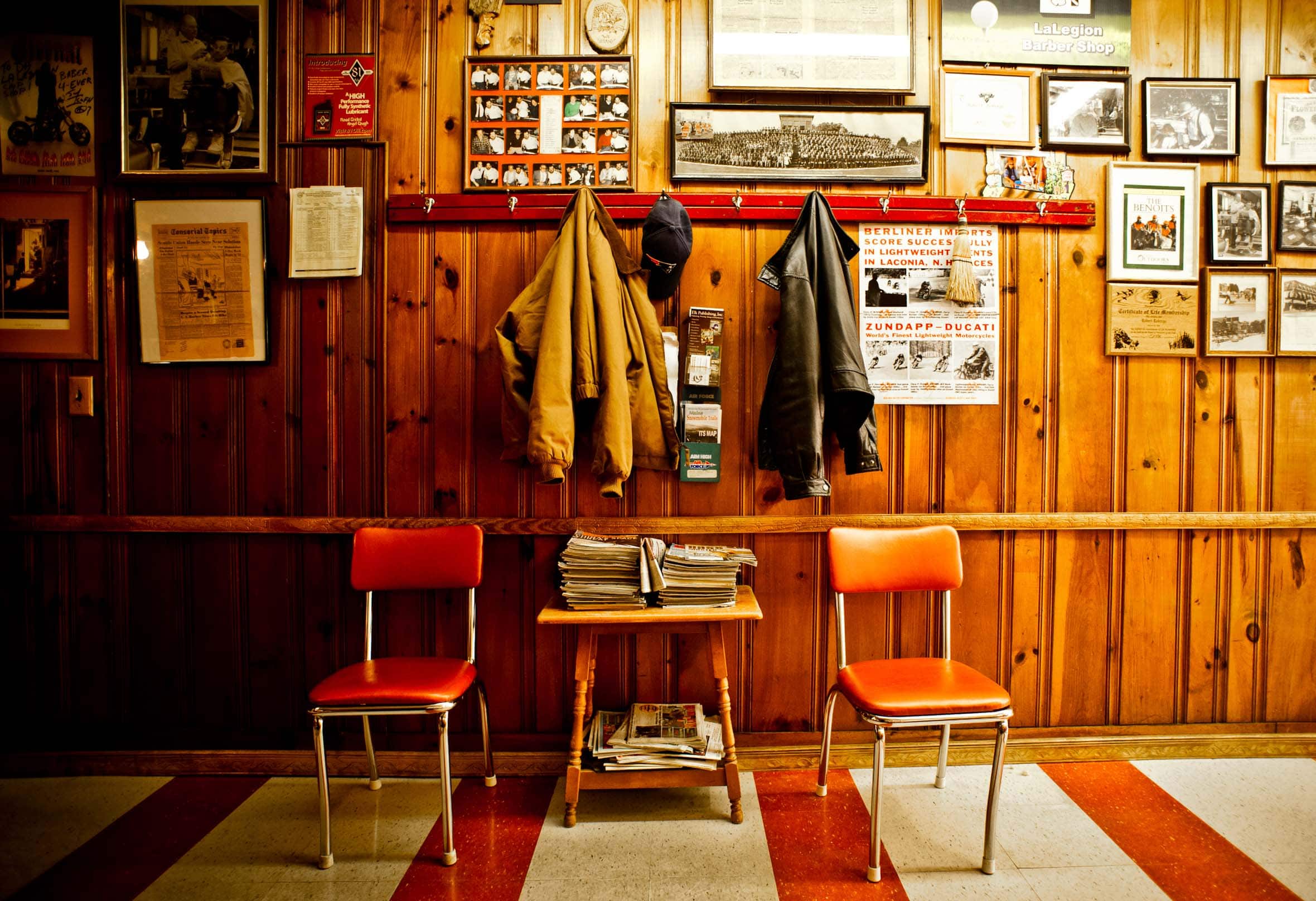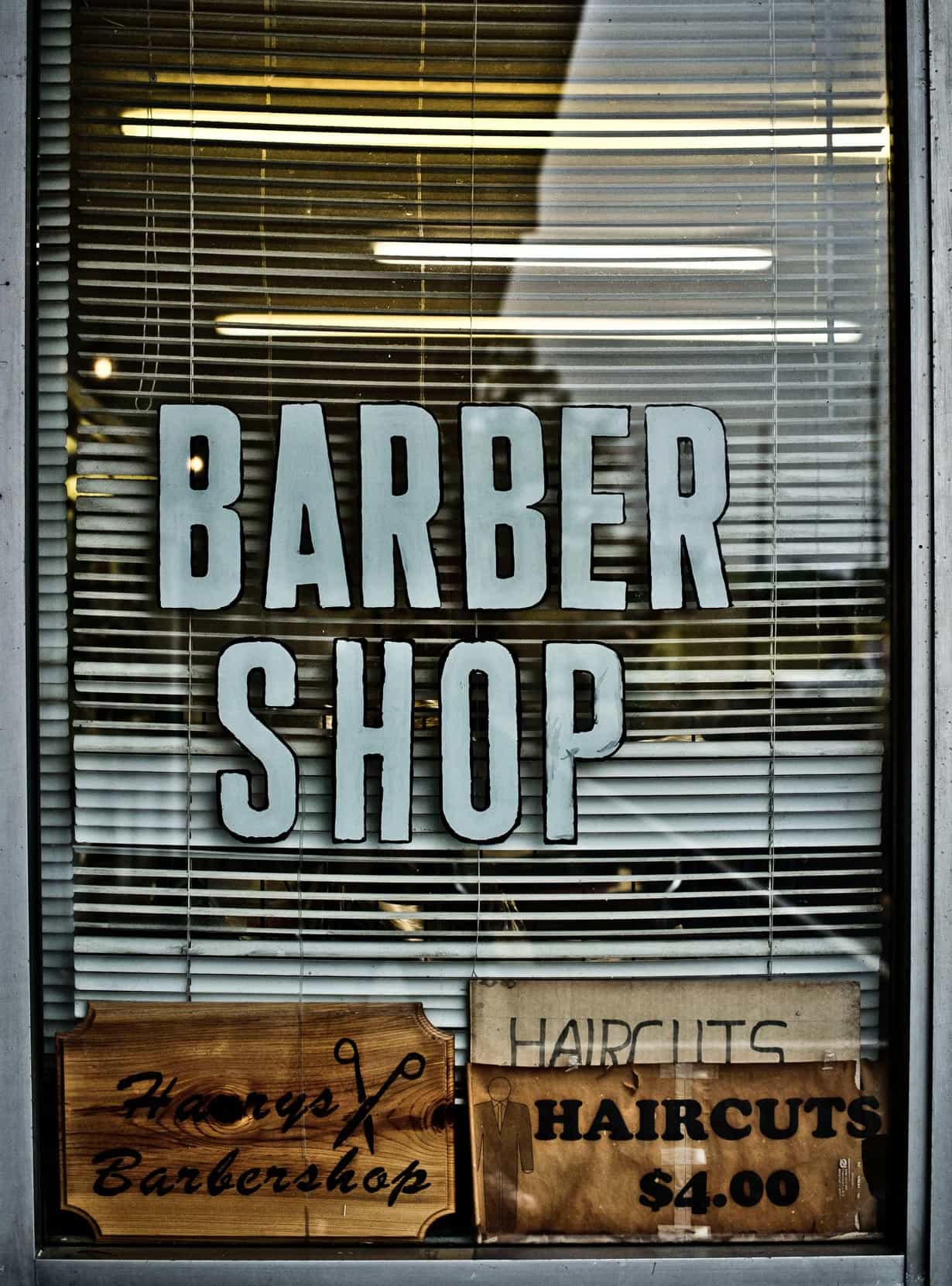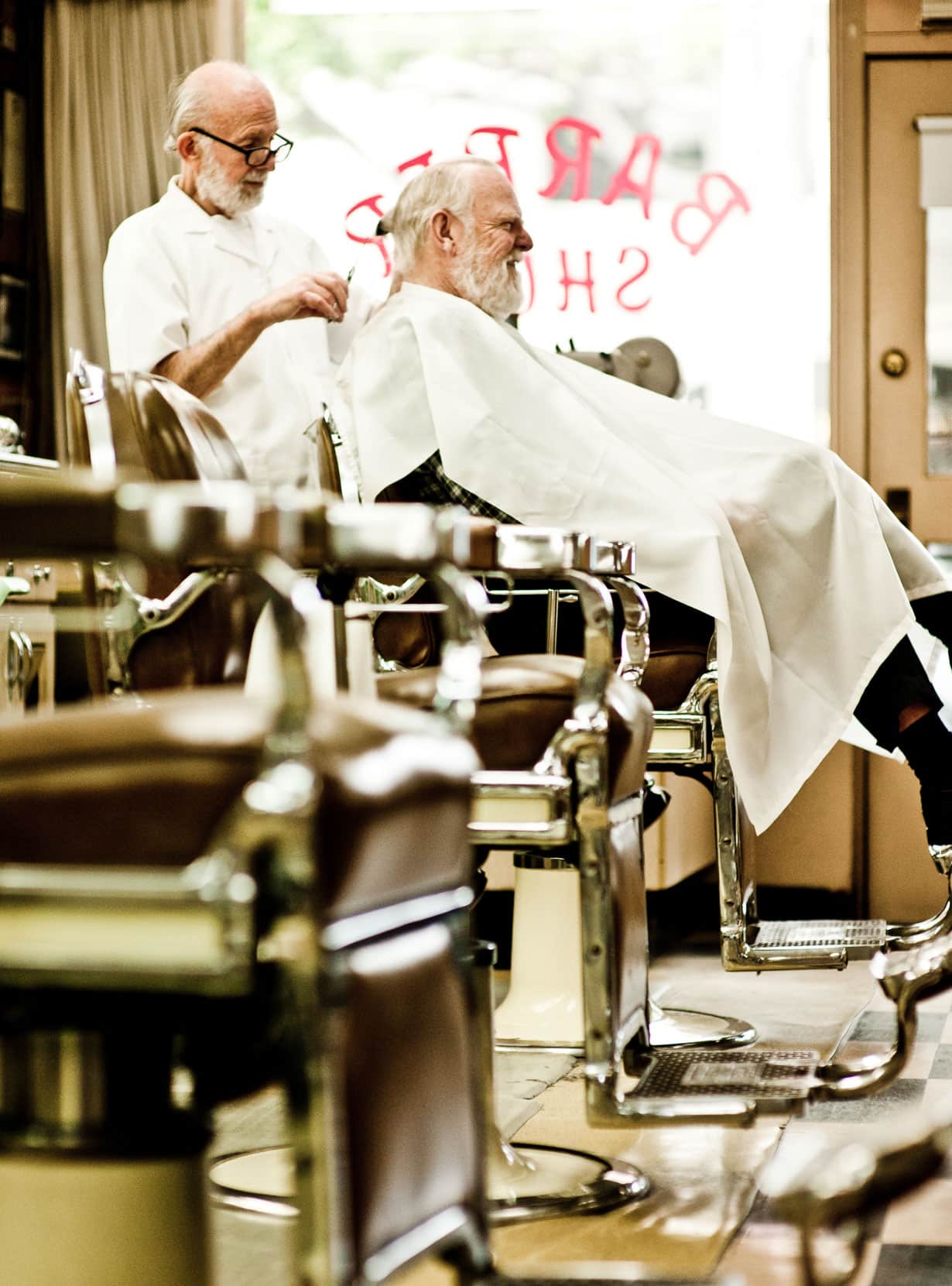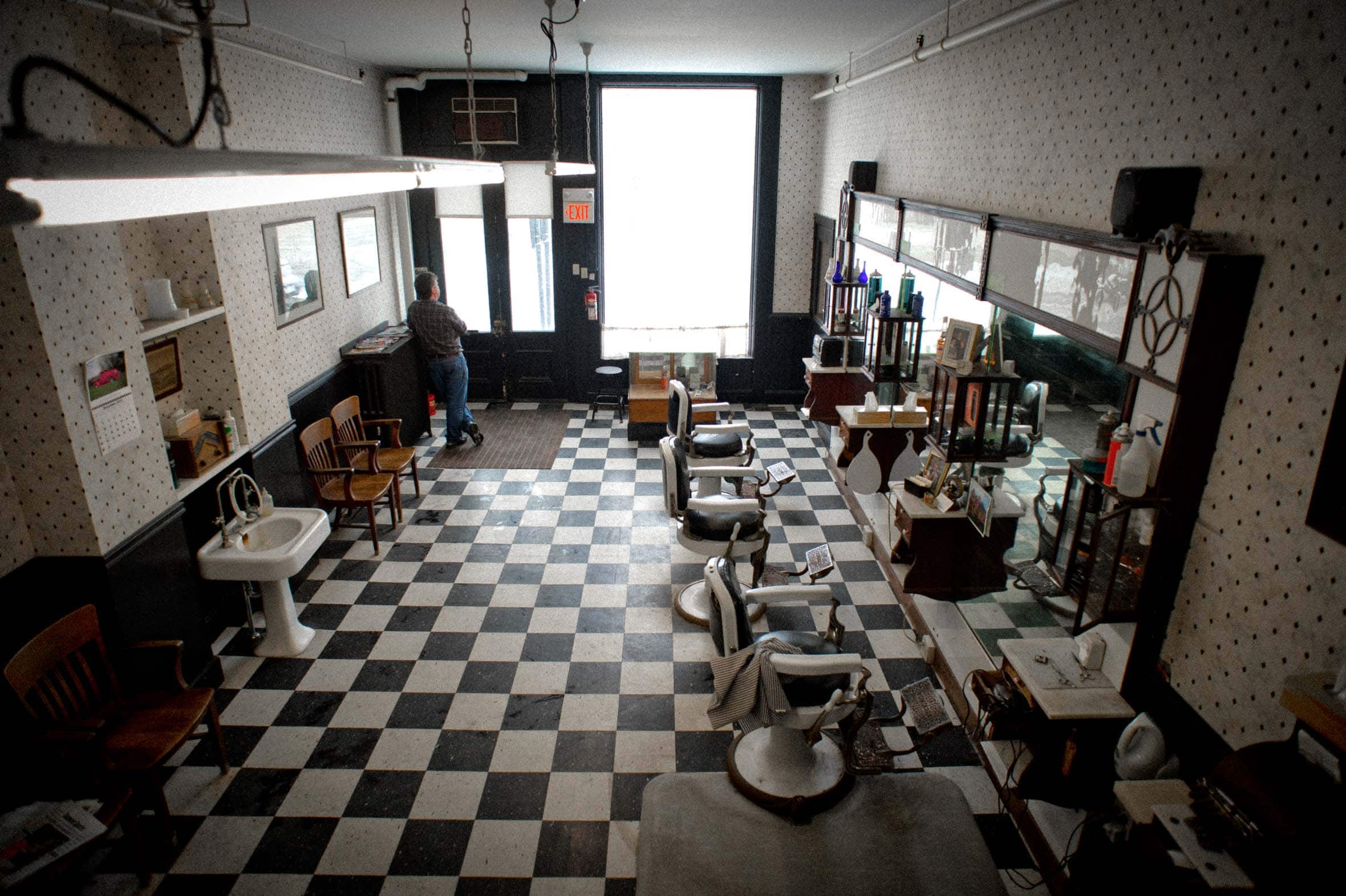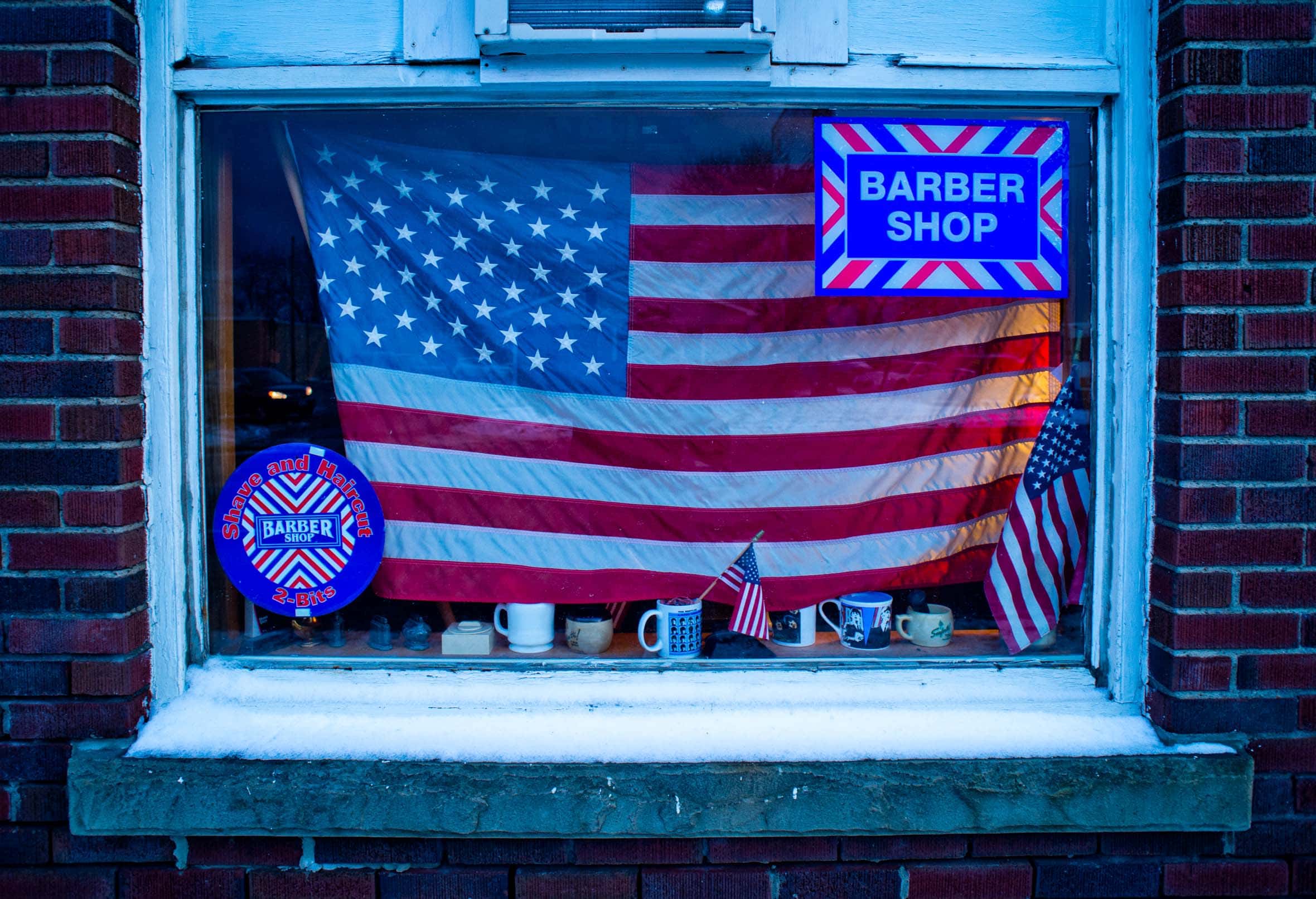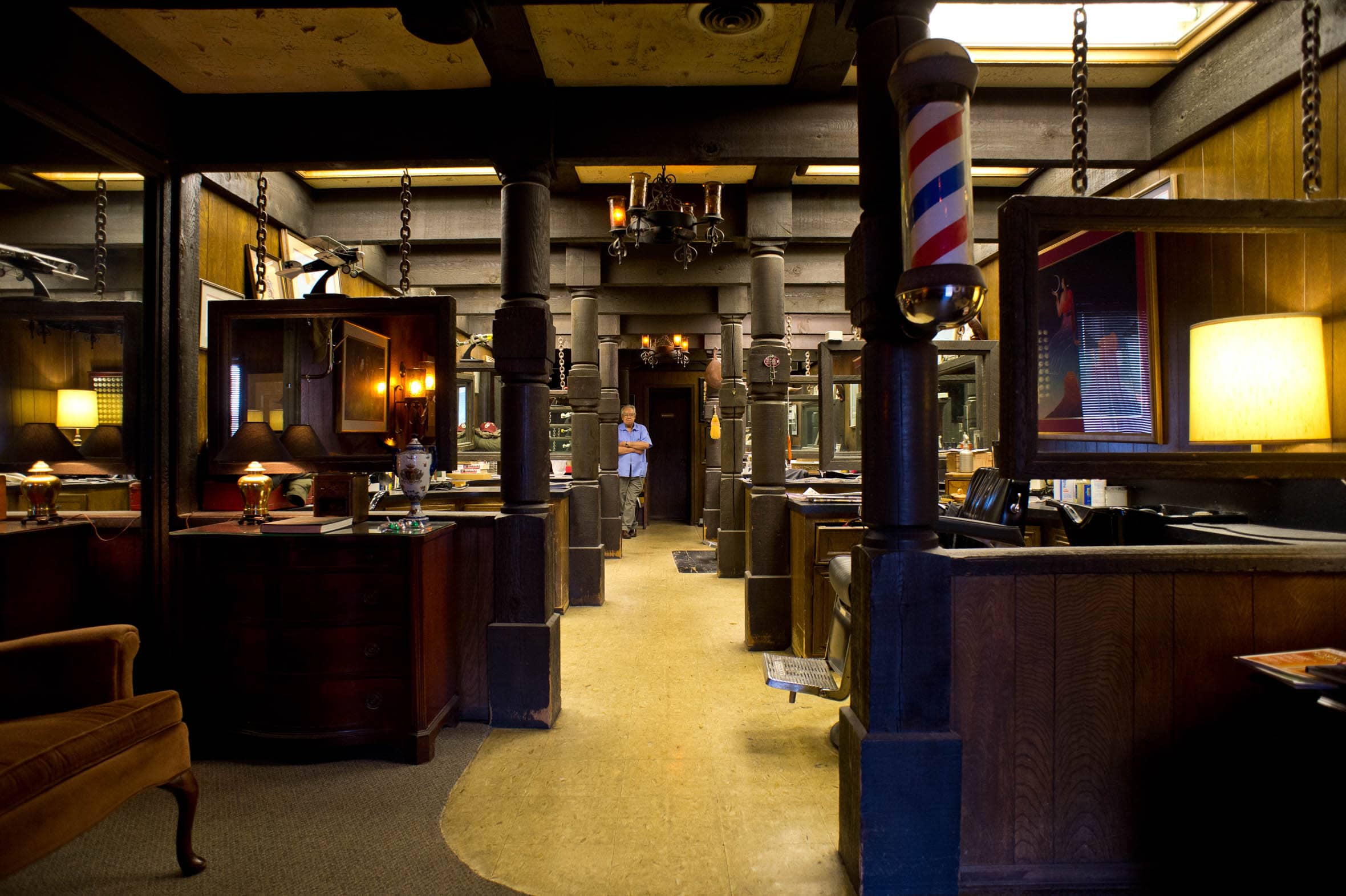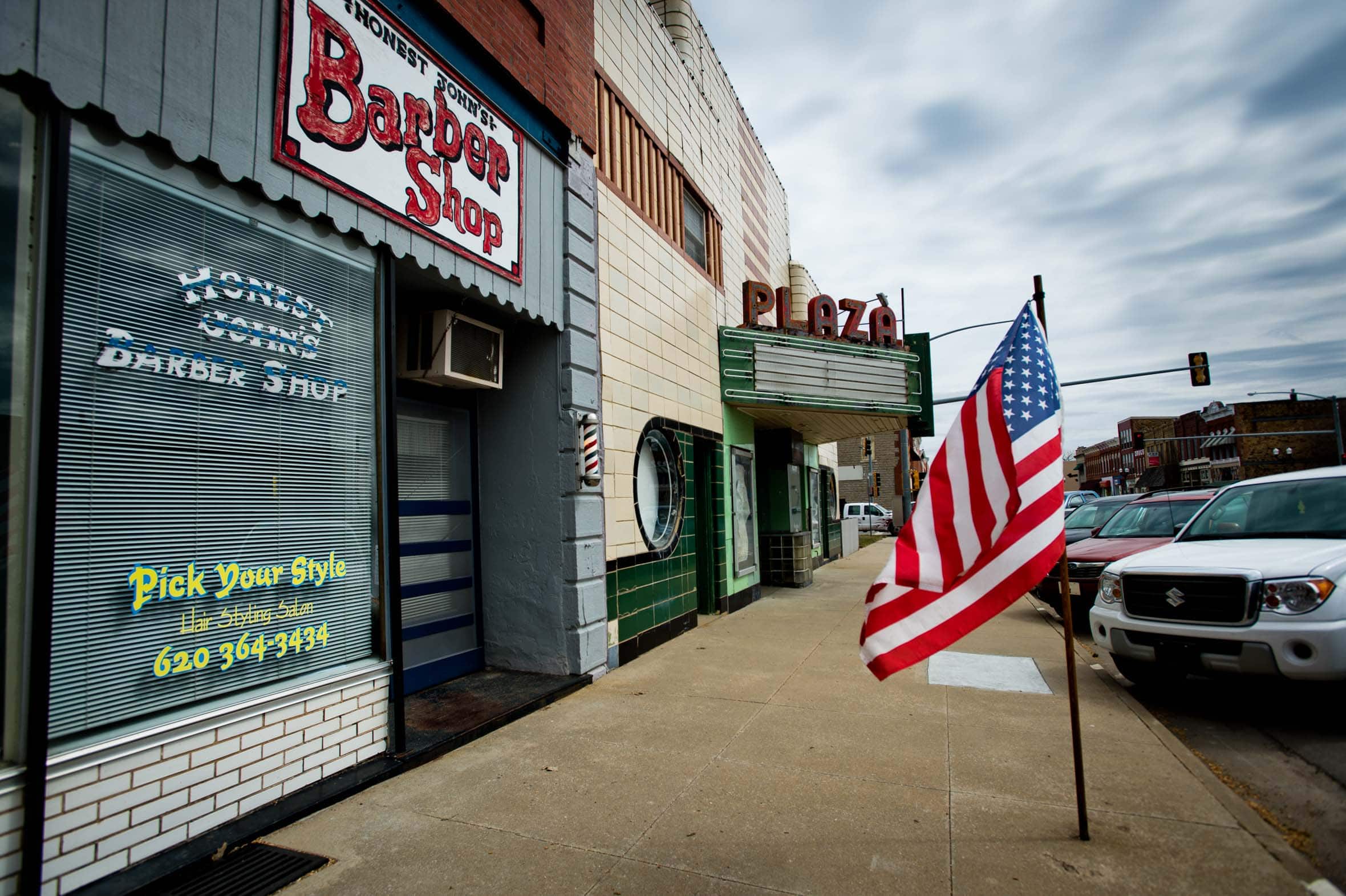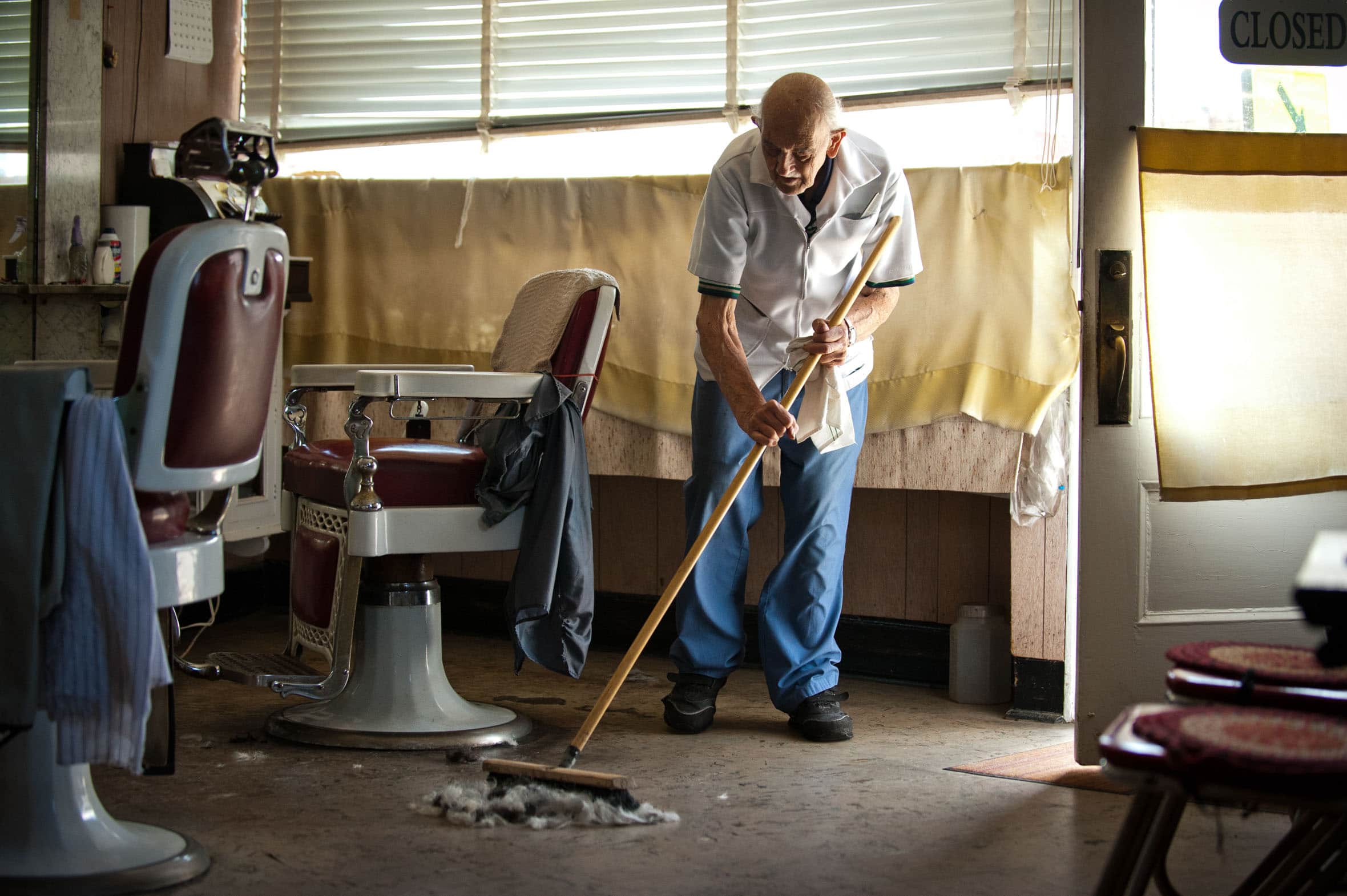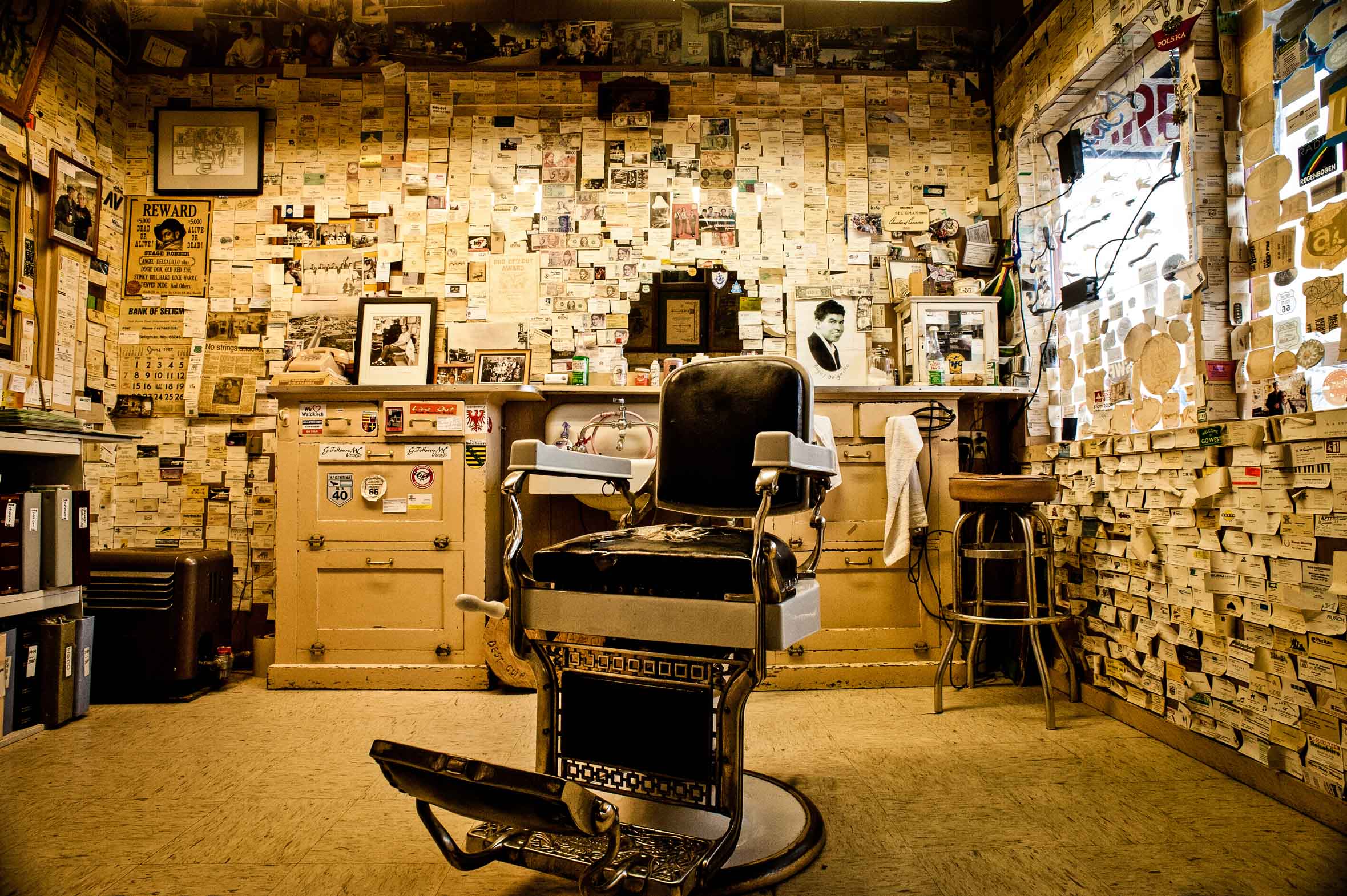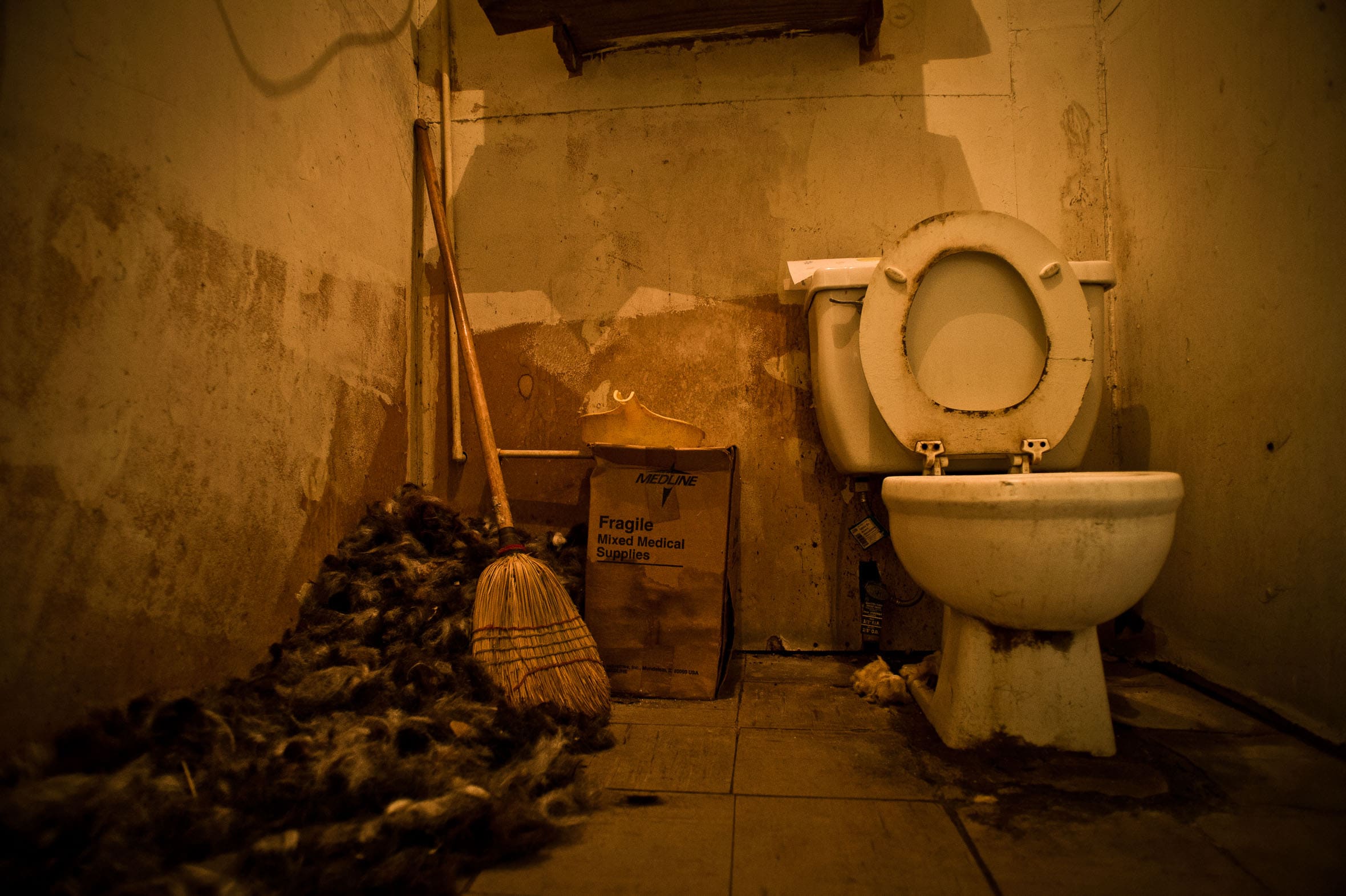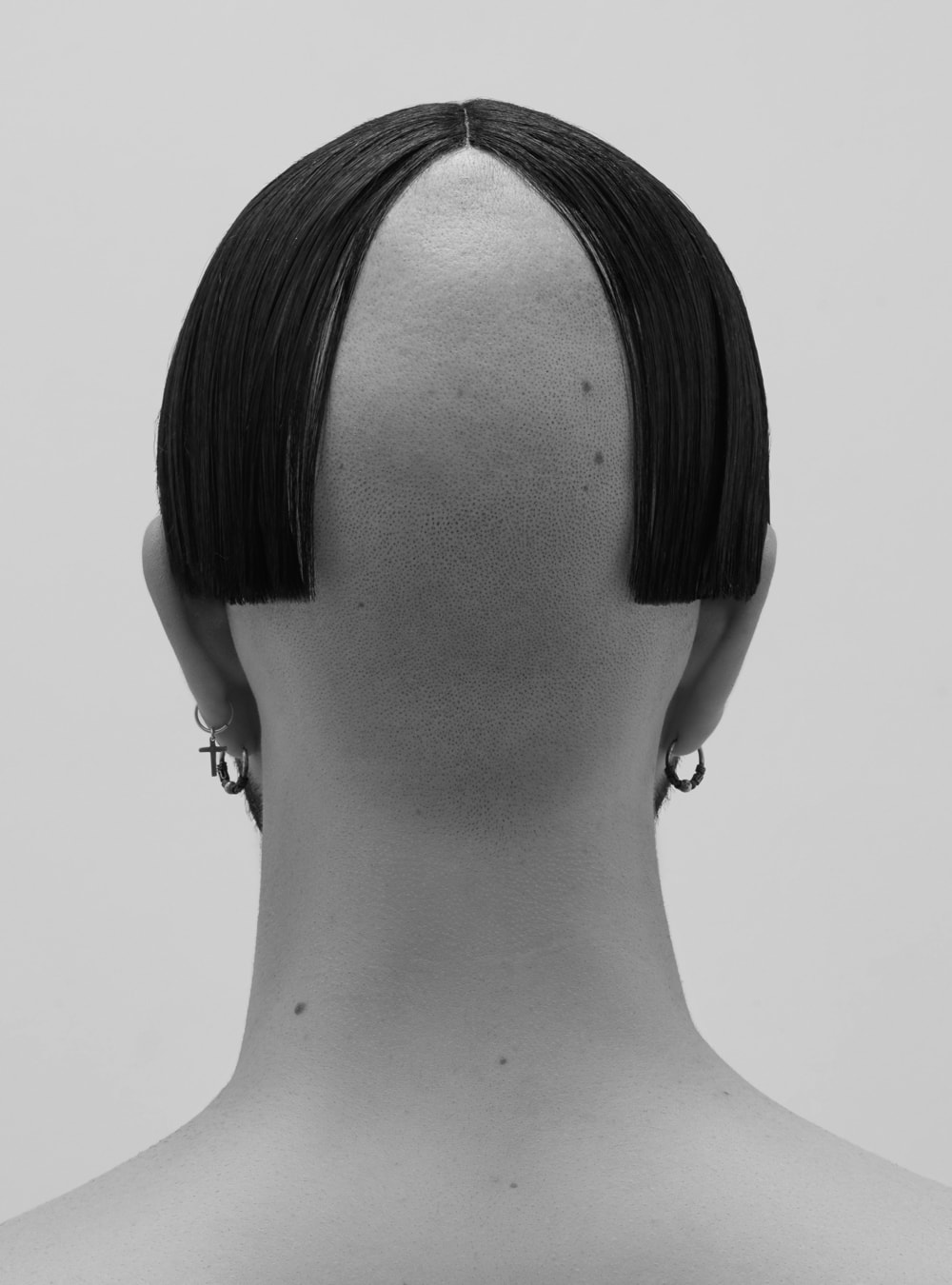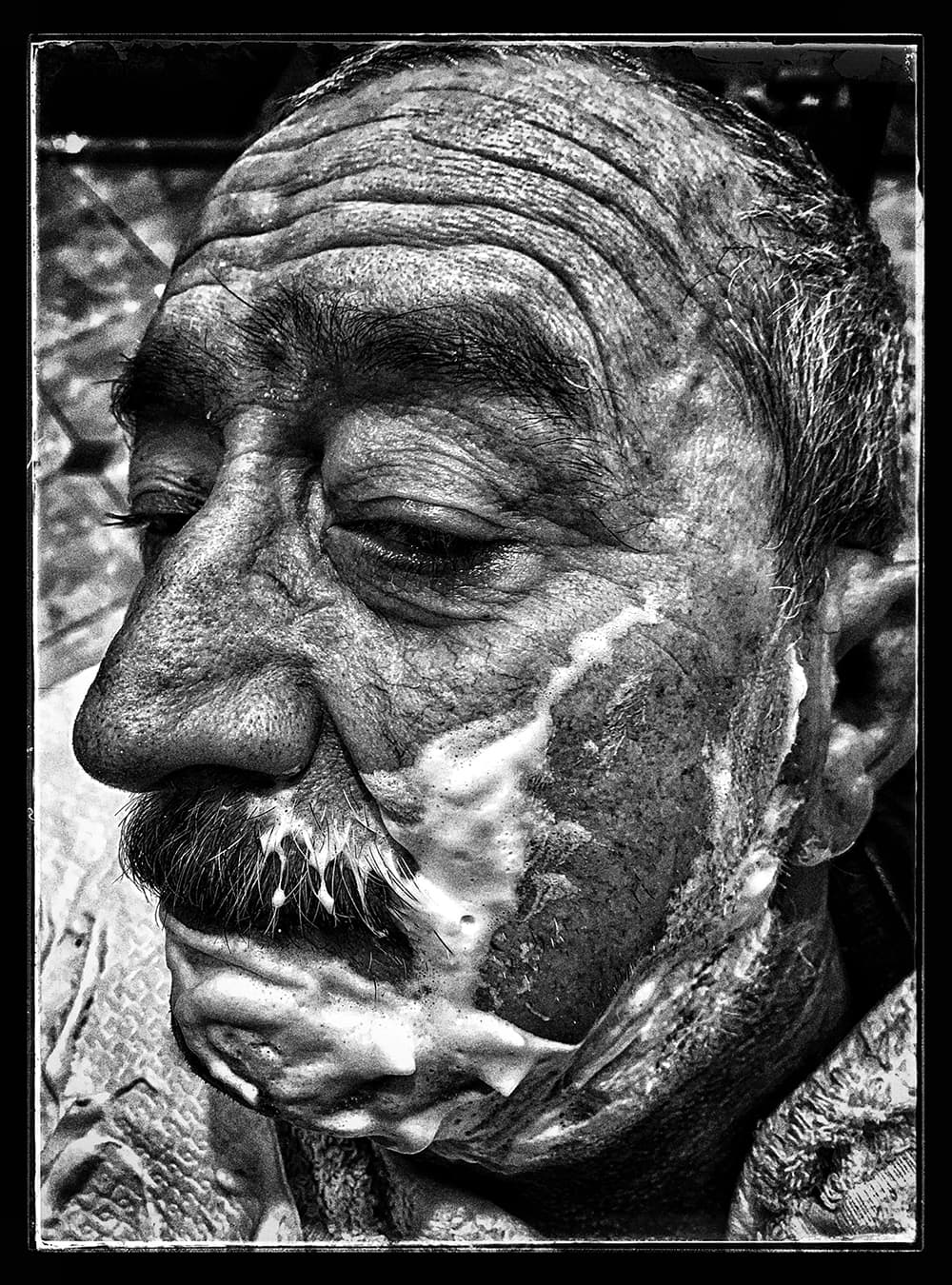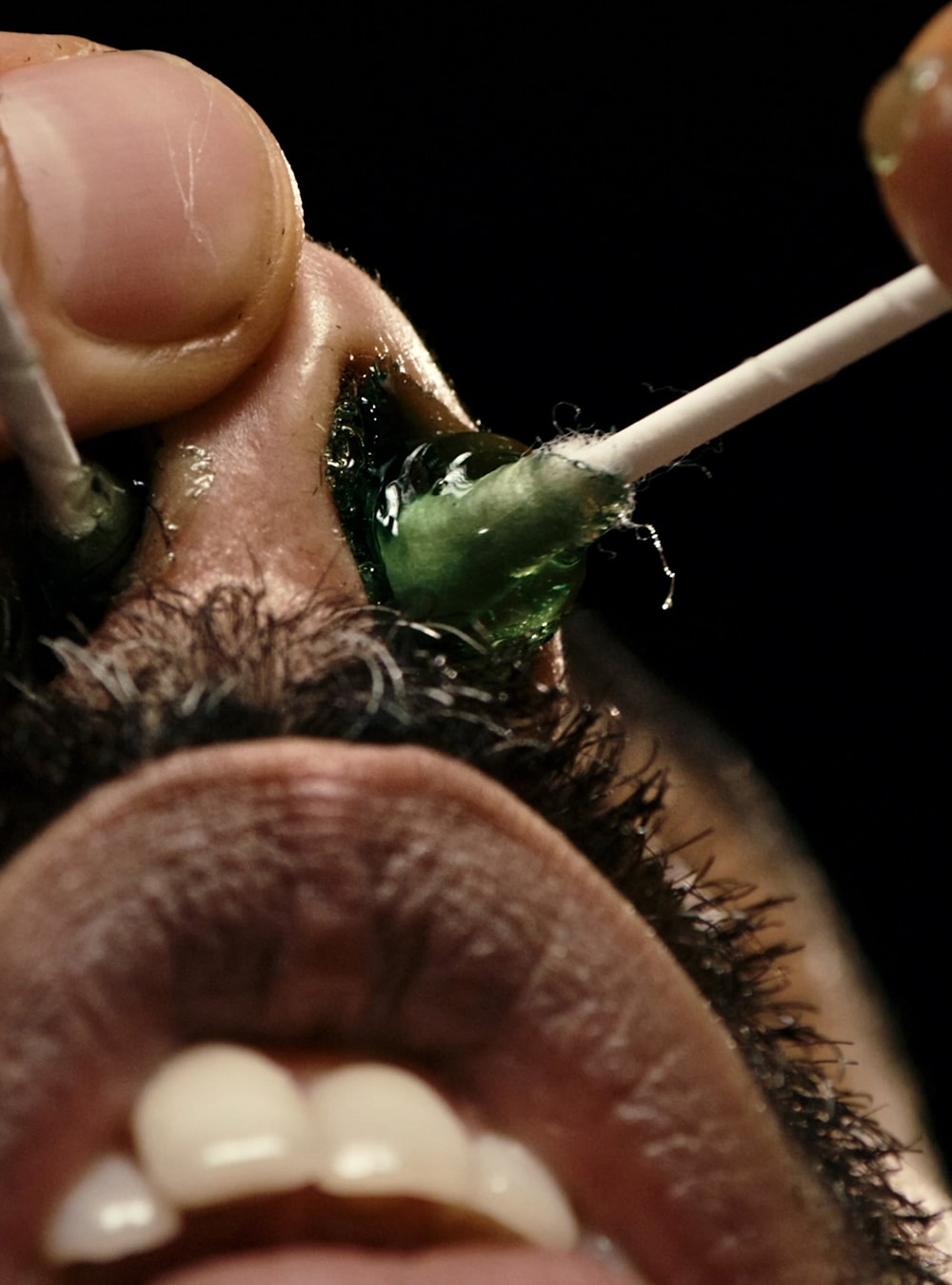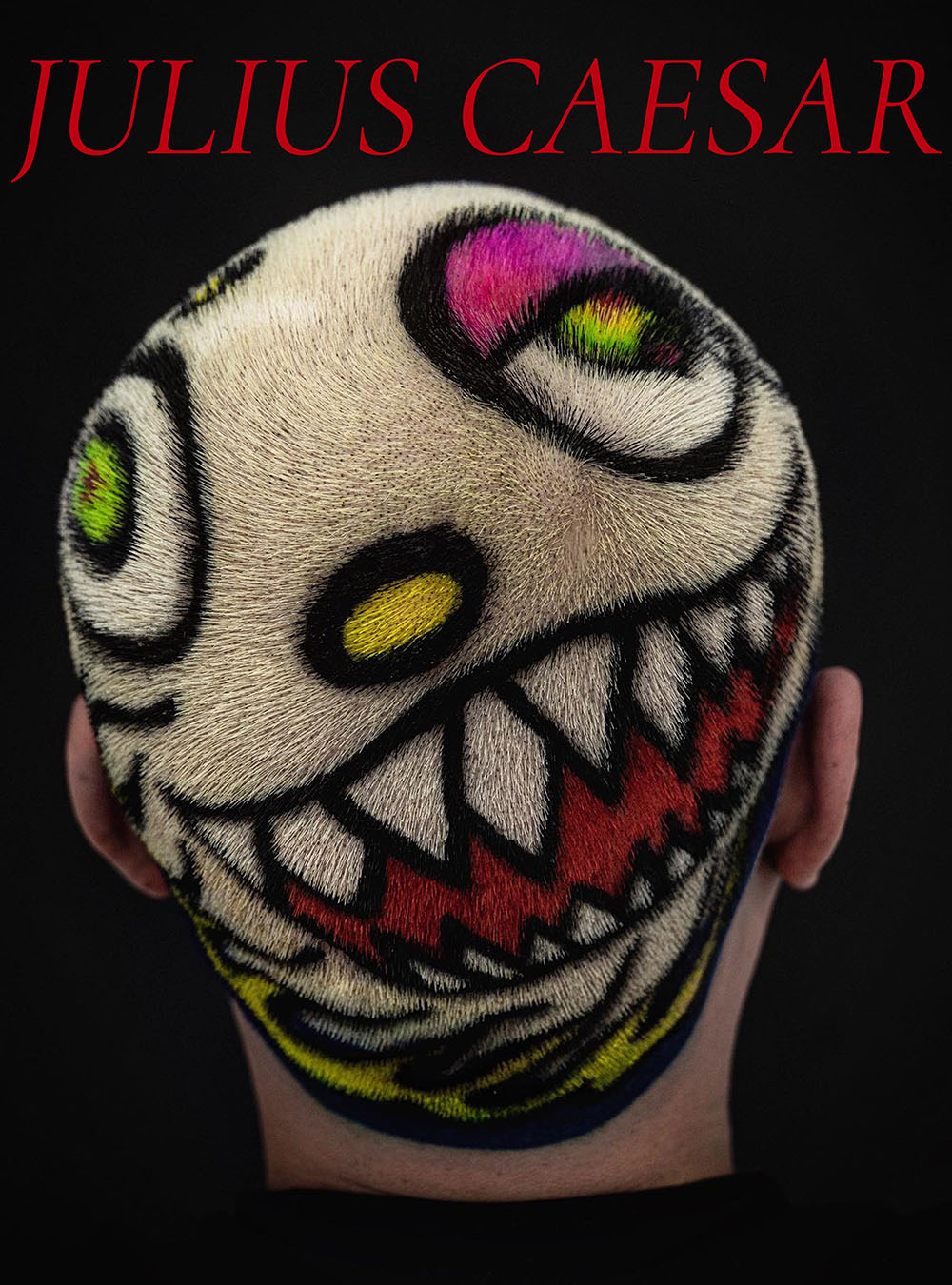ART + CULTURE: Photographrer Rob Hammer captures America’s disappearing independent barbershops
Images: Rob Hammer
Interview: Emma de Clercq
Rob Hammer insists that it’s impossible to choose a favourite image from his barbershop series. What he loves most about all the barbershops, he explains, “is that they are indicative of their location. America is a massive place, drastically different from state to state. The people and cultures are so varied, and that’s what you see in each shop. They are a product of their environment. The walls are covered in relics of local interest. And when you listen to the customers talk, it can tell you a story about where you are. They teach you about America.”
“I stayed off the highways, hitting small towns all across America. That’s where I found the real shops”
Starting his journey in San Diego, Hammer originally intended to cover local shops around his area. But the project quickly expanded into neighbouring states, and eventually he decided that he would document all fifty states. Culminating in three years over 50,000 miles, the final portrait of the project is one of his own barber, back home in San Diego. We spoke to Hammer about documenting this slice of American culture.
What inspired you to start this project? Barbershops were always something that interested me. As I got older, it became obvious what a great place they are for guys to hang out. It also became apparent that all the real shops were disappearing. Barbers were retiring, dying, or getting kicked out of their shops by landlords making room for higher paying clients. Early in the project, I visited an old timer in Harlem, NY. He had been in his shop for over fifty years, but was less than a week away from being kicked out. The landlord would be replacing him with a Chinese take-out restaurant paying much more in rent. He was visibly and verbally distraught. I could see that his whole life was being taken away from him. That visit made me realise how important the old barbershops are. From there I decided that I had to document these old shops in all fifty states before they were all gone.
Did the project progress as you expected, or did anything surprise you along the way? Initially I only planned on shooting in Southern California. Then it grew to Arizona and New Mexico. The more I got into it, the more it meant to me, and the more I had a personal connection to the project as a whole. Every day was a surprise. You can’t travel across America without a lot of surprises. Each shop was different, just as each state is different. People’s reactions to the project was a surprise. Some loved it, others didn’t know what to make of it. A lot of people in the tiny towns couldn’t wrap their head around a guy travelling the country to take photos of barbershops.
How did you find all the shops? Before actually starting the project, a lot of research was done. But once I started shooting, I realised that the shops that I’d found on the Internet didn’t fit was I was looking for. From that point on, they were just found through extensive travel. I went on multiple cross-country road trips, roughly 50,000 miles total, where I stayed off the highways, hitting small towns all across America. That’s where I found the real shops.
- ANTHROPOLOGY OF HAIR
- ANTHROPOLOGY OF HAIR
- ANTHROPOLOGY OF HAIR
- ANTHROPOLOGY OF HAIR
- ANTHROPOLOGY OF HAIR
